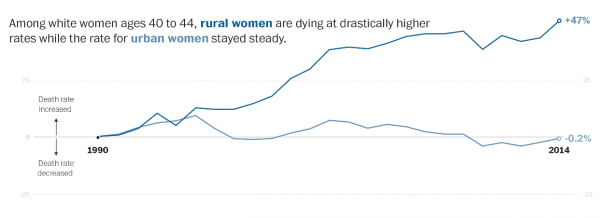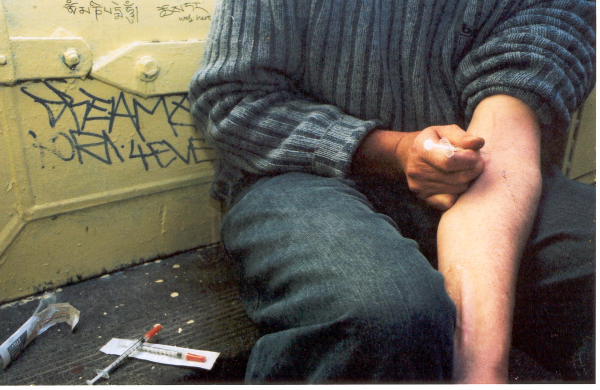
When music icon Prince died on April 21st, it affected millions of fans around the world. Famous and non-famous alike flooded social media, expressing their shock at the tragic loss of a superstar, while thousands gathered at the gates of Prince’s home and recording studio, Paisley Park, in suburban Minneapolis and in front of First Avenue in downtown, where many memorable scenes in “Purple Rain” were filmed. Some left purple flowers, letters, and stuffed animals, while others danced and sang. Similar worldwide rituals followed the passings of Michael Jackson, Whitney Houston, and David Bowie, despite most celebrants never having known them personally.
Death and loss are difficult experiences for the loved ones of the deceased. These losses may be compounded by ambiguous losses—those without closure—thought to delay the grieving process and strain the everyday lives of loved ones. Mourning, however, is not restricted to those we know personally. Masses mourned England’s Princess Diana, because they felt they knew her on a personal level, writing condolences such as “I feel as though I’ve lost a dear sister.” People also mourn the death of celebrities who hold connections to emotional events; that is, people do not solely grieve the loss of that celebrity, but also the loss of the memories associated with that celebrity.
- Pauline Boss. 1999. Ambiguous Loss: Learning to Live with Unresolved Grief. Cambridge, MA: Harvard University Press.
- Mark Brennan. 2008. “Condolence Books: Language and Meaning in the Mourning for Hillsborough and Diana,” Death Studies 32(4): 326-351.
- Graeme Turner. 2000. Fame Games. Cambridge, U.K.: Cambridge University Press.
Death and grief are private events as well as social rituals. Mass media and technology have helped increase such public mourning: many first hear about the death of celebrities via television, the Internet, and social media, and they often respond with online tributes. Not all celebrity deaths are equal, however: the extent to which the public mourns is an indication celebrity’s status.
- Margaret Gibson. 2007. “Death and Mourning in Technologically Mediated Culture.” Health Sociology Review 16(5): 415-424.
- William A. Faunce and Robert L. Fulton. 1958. “The Sociology of Death: A Neglected Area of Research.” Social Forces. 36(3):205-209









